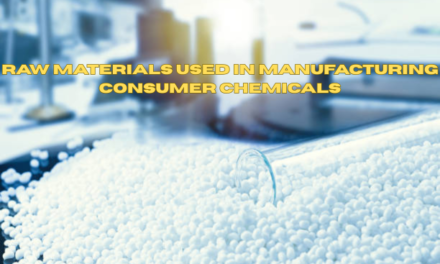High-performance lubricants are evolving rapidly to meet the demands of modern industries, with trends focused on sustainability, efficiency, and advanced functionality. Key trends include:
1. Synthetic and Semi-Synthetic Lubricants:
- Increasing adoption of synthetic oils, such as polyalphaolefins (PAOs) and esters, for superior thermal stability, oxidation resistance, and longer service life.
- Semi-synthetic blends offer a cost-effective balance between performance and affordability.
2. Bio-Based and Environmentally Friendly Lubricants:
- Development of lubricants derived from renewable sources like vegetable oils to reduce environmental impact.
- Focus on biodegradable and non-toxic formulations to meet regulatory and sustainability goals.
3. Nano-Lubricants:
- Use of nanoparticles (e.g., graphene, molybdenum disulfide) to enhance wear resistance, reduce friction, and improve load-carrying capacity.
- Applications in precision machinery and high-stress environments.
4. Low-Viscosity Lubricants:
- Trend toward lower-viscosity oils to improve fuel efficiency and reduce energy losses in automotive and industrial applications.
5. Additive Advancements:
- Enhanced anti-wear, anti-oxidation, and extreme-pressure additives improve durability and performance under challenging conditions.
- Development of multifunctional additives to meet diverse application needs.
6. High-Temperature and Extreme-Environment Lubricants:
- Formulations designed for stability in extreme temperatures, pressures, or corrosive environments, critical for industries like aerospace, automotive, and oil and gas.
7. Electrification-Ready Lubricants:
- Specialized lubricants for electric vehicles (EVs), addressing challenges like thermal management, electrical insulation, and compatibility with lightweight materials.
8. Smart and Self-Healing Lubricants:
- Lubricants integrated with sensors for real-time monitoring of performance and wear.
- Self-healing formulations to repair micro-damage and extend component life.
9. Compliance with Stringent Regulations:
- Development of low-emission and environmentally compliant lubricants to meet global regulations like REACH and EPA standards.
10. Focus on Sustainability:
- Recycling and re-refining of used lubricants to create sustainable production cycles.
- Reduction of resource consumption in lubricant production and usage.

















